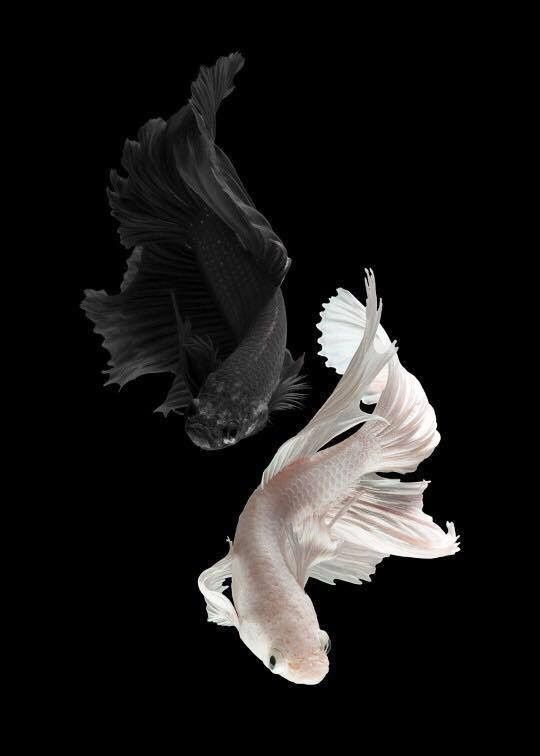A ‘cacophony of words‘ – that is how I would describe the marketing meeting I just left. There were eleven of us participating. I arrived, reports in-hand, ready to excitedly summarize the last seven days of performance and make some suggestions on where there was room to grow. Had I been the only business consultant meeting with the stakeholders, that would have been a straight-forward agenda to stick with. However, when working with a larger team on a collaborative project, you’re bound to cross paths with creative minds who have big ideas of their own – even if they’re not quite sure how to realistically put their ideas into action.
Where I was keen to focus on leads generated and year-over-year revenue trends – the creative team was eager to queue up a podcast launch, webinar series and social media funnel – with less attention to how profitable those exciting and dynamic efforts would be.
Watching this dynamic unfold in our hour (oops hour and a half) long meeting served as the inspiration for this case study. Successful projects strike a calculated balance between data and creativity.
I am gradually working my way through Thomas Erikson’s: fascinating book Surrounded by Idiots in an attempt to better understand people, personalities and most importantly how to effectively work with as many diverse teams as I can. One thing is becoming obvious: there is power in harnessing peoples’ ability to process information differently.
Successful projects strike a calculated balance between data and creativity.
But when stakeholders demand returns on their investment, it can be hard to find the patience for diplomacy. Here are some techniques we found help balance data and creativity:
1. Establish Agreed-Upon KPI’s
Key Performance Indicators are relevant to both data analysis and creative ideation. They help keep both creative and analytical personalities accountable because they don’t favor either avenue – they’re completely unbiased. If both creative and analytical teams agree upon the KPI’s that matter the most to the stakeholders at the beginning of the project, it will be easier to measure the success of campaigns from everyone’s perspective after launch.
Divide and Conquer and Communicate
Separation is healthy where like-minded individuals are more productive. Scheduling a weekly touch base meeting where the analysts can share insights with creative teams and vise-versa can be the extent of their interaction as long as company growth is on-track. The data and creativity dance can be exhausting, minimal contact is often sufficient as long as communication is effective.
Sometimes You Have to Compromise On the Collaboration
If the data starts to go sideways, creative ideation may have to be benched until the KPI’s are back-on-track. Similarly, when the company is going through a period of prosperity, the creatives can be left to vision-board untethered!
There is a natural ebb-and-flow to growing digital assets, sometimes the best form of collaboration is compromising with the understanding the data and creativity share a mutualistic symbiotic relationship.





